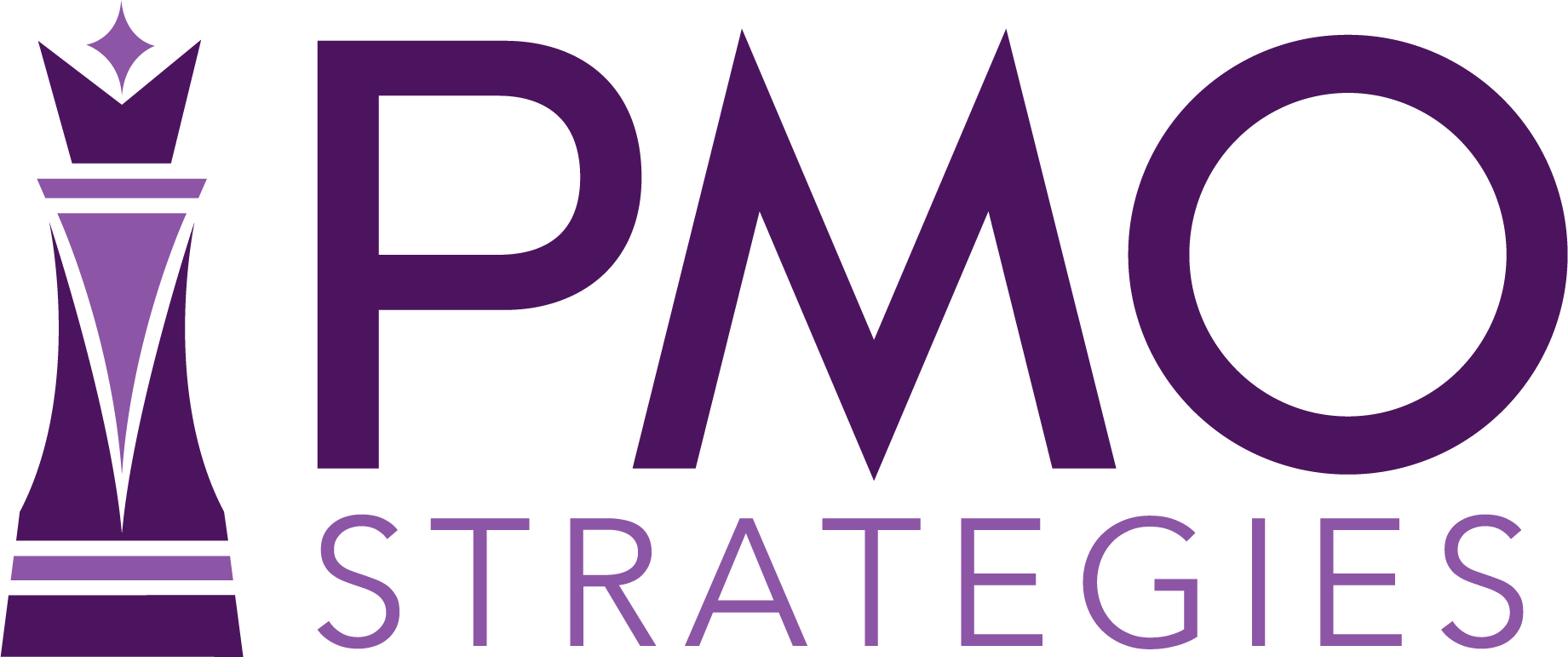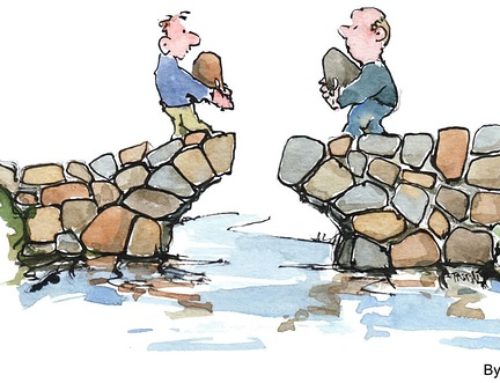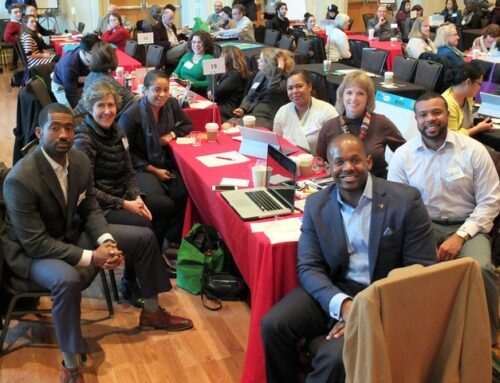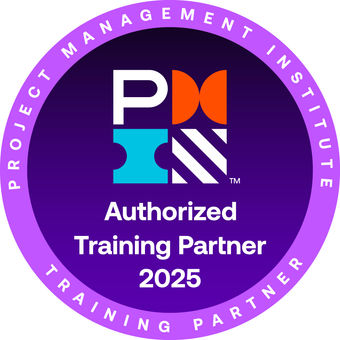Have you ever heard a stakeholder on your project say, “I’m completing the template you guys asked me to complete?” Or maybe you’ve heard, “I’m completing the steps in your process.”
Do you know what’s wrong with both of those sentences? They didn’t say “our,” they said “your.”
Sometimes we think we’ve done a good job of rolling out great project and change management best practices. We feel like they really “get it” and then they throw this “you” and “your” stuff at you.
Watch out…the minute you aren’t looking, “your” process is going to fall apart. Why? Because it’s your process. It should never, ever be your process.
The key to sustainability in project and change management best practices is ownership.
THEIR ownership, not YOURS.
Many times, leaders in organizations will put one person in the organization in charge of creating best practices for the organizations. OK, so that in and of itself is not an issue. What that person does next is what will determine ultimate success or failure of the implementation of these practices.
When we are tagged as “the one” to put all this stuff in place, it’s important to remember that you are accountable, but that doesn’t mean it needs to be a one-person show. You MUST get others involved and find a way to give them a stake in the outcome of the effort. If you don’t, you run the risk of a few things happening:
1) They make you out to be the “bad guy” trying to “make” them change the way they have “always done things.”
2) They ignore you.
3) They only behave when you are watching.
4) When you are off to another assignment, the whole thing falls apart.
5) Your leadership starts to wonder if you can handle this effort or sees you as ineffective.
6) …and many others.
So, how do you avoid these issues?
You make it THEIR process from the beginning.
Although you are the one charged with making the changes, it doesn’t mean that you must do it in your tiny workspace huddled over your computer by yourself. Get out there and engage others. YOU don’t necessarily know what will work best in the organization (and if you think you do, you are probably wrong, at least partially). Start pulling together stakeholders to LISTEN before talking. Ask questions about what’s working for them and where they have pain points. That discovery process will help you do a few things:
1) Engage them in the process, making it “our” instead of “your” process.
2) Help them feel heard and understood.
3) Develop a more robust solution that incorporates the real world they are working in.
4) Give you a chance to tie their desires and pain points to the process you want to roll out.
5) Give them a chance to be a part of the solution development (fyi, this is how you build early adopters and change champions).
6) Ensure the process becomes ingrained in the way they operate, as valued and engaged stakeholders.
7) Show your leadership team that you are a leader not just a doer and you can engage others successfully to implement change (watch out world, here comes that bigger assignment).
8) …and many others.
And if you still need more convincing…
This way also helps you share the workload with others. You can engage a group of stakeholders in the process of interviewing others to get their input, gathering examples of things that work, developing prototype process or templates and tools, and ultimately make the process of rollout MUCH easier because it’s a team of people that are all early adopters doing it with you.
The morale of the story with creating any change is to do the change WITH them instead of TO them to ensure that it because THEIRS and not YOURS.
Thanks for taking the time to read this article.
Click here to receive these blog posts right to your inbox.
Fill out our one-minute survey if you have topics you would like read more about.
I welcome your feedback and insights. Please leave a comment below.
See you online!
Warmly,










People only follow a process for 1 of two reasons:
1) it adds value to their lives; or
2) the consequences of non compliance are so high that it’s easier for them to do it
E.g. Compliance rates for timesheet completion for full time staff is often very poor. But for contractors it’s always 100% (or near as dammit)? Not hard to see why: contractors don’t get paid if they don’t fill them in. FT staff get no benefit whatsoever from completing theirs
The other aspect to the “filling in your template or following process steps” is that getting other folks engaged is a rough proposition. The reality is that it is always really the PM’s template or process. But how much of that template or process is created on the basis that it is filled out or followed externally by the person? How much of it is actually really necessary, and how much just got added in as a “while you’re here, you may as well…”
Unless you really need a template to be filled in by the person remotely, do it face to,face, take your “minimal” list of questions and asked them, while *you-* fill,in the answers.
You’ll actually save time and create a better experienc
[…] Are you owning the project management process, or are they? […]